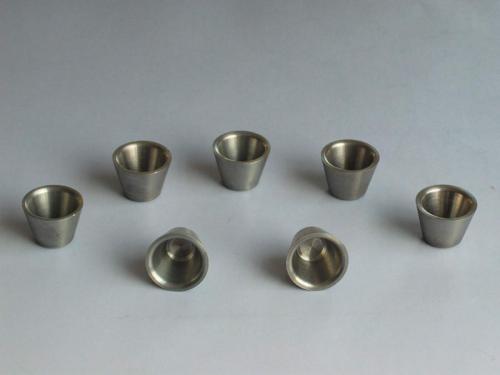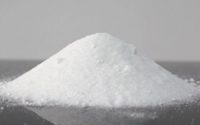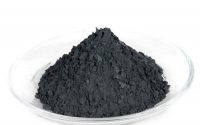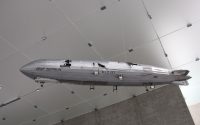Molybdenum Crucible Production Processes and Cleaning Method
In general, the properties and applications of molybdenum and tungsten are similar, but molybdenum is cheaper than tungsten and is easier to process. A molybdenum strip made of other chemicals can be used to seal the wire in a quartz tube, or it can be used as an electrode or a structural member in an electron tube.
In practice, the application of molybdenum materials is far more extensive — it can be used in space shuttles or spacecraft or in military weapons of electronic equipment. This article will talk about molybdenum crucibles.
Molybdenum crucible has a wide range of applications in today’s rare earth smelting vacuum sintering and laser crystal growth industries. It has the characteristics of high melting point, high hardness, high-temperature performance, low electrical resistivity and small expansion coefficient. It is a high-temperature resistant metal material widely used in industrial production.

Molybdenum crucible can be divided into several main production processes according to different methods of production and manufacturing:
1) sintering Mo crucible,
2) stamping Mo crucible, and
3) welding Mo crucible.
Among these 3 types of molybdenum crucible products, stamping Mo crucible is the most commonly used in the current market. The price of this kind of crucible is relatively low, but it has an inherent disadvantage that its wall thickness is thin. Therefore, stamping Mo crucible does not perform well in terms of repeated use and is unsuitable for long-term use.
In fact, welding Mo crucible has gradually become a type that is widely loved and purchased by many manufacturers. It’s cheap, and it adds wall thickness. It is superior to stamping Mo crucible for long periods of performance and service life.
Molybdenum crucible can be cleaned by pickling. Wash the crucible with 50% by volume of nitric acid plus 10% by volume of hydrofluoric acid mixed acid. The temperature of the cleaning process must be between 102 and 150 degrees Fahrenheit. This mixed pickling not only effectively removes oxides from the molybdenum product, but also removes the copper left over from the EDM process. After pickling, the molybdenum product must be washed repeatedly in clean water.
For more information, please visit https://www.samaterials.com/.



